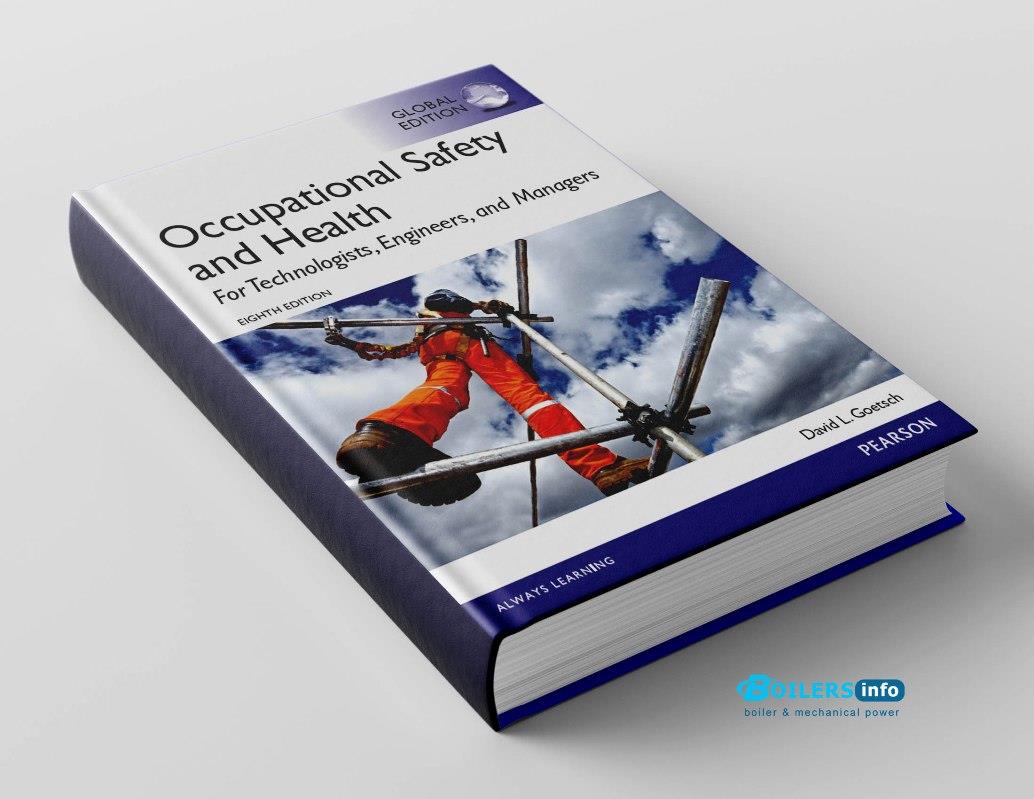Occupational Safety and Health Guide for Engineers and Managers
Introduction
In today’s complex industrial environment, the role of engineers and managers extends beyond technical and administrative responsibilities — it includes ensuring the health and safety of every individual on site. As a safety engineer, I’ve seen firsthand how prioritizing safety can save lives, boost productivity, and protect a company’s reputation.
This guide aims to help engineers and managers understand their roles in occupational safety and health (OSH), and how to integrate safety into every phase of operations.

1. Understanding Occupational Safety and Health (OSH)
Occupational Safety and Health refers to the policies, procedures, and activities designed to protect workers from hazards in the workplace. These may include physical, chemical, biological, and ergonomic risks.
OSH is not just a legal requirement — it is a moral and operational necessity. Engineering and managerial personnel play a critical role in shaping a proactive safety culture.
2. Roles and Responsibilities
Engineers
- Design for Safety: Ensure that equipment, systems, and processes are designed with built-in safety mechanisms.
- Hazard Analysis: Conduct Failure Mode and Effects Analysis (FMEA), Job Hazard Analysis (JHA), and Risk Assessments during the planning stage.
- Compliance: Incorporate relevant safety codes (OSHA, ISO 45001, NFPA, etc.) into designs and operations.
Managers
- Leadership Commitment: Demonstrate commitment to safety through actions and policies.
- Training Oversight: Ensure that staff receive regular and relevant safety training.
- Incident Management: Lead investigations into accidents and ensure corrective and preventive actions are taken.
3. Creating a Safe Work Environment
- Workplace Inspections: Regular site audits and inspections help identify unsafe conditions before they become incidents.
- Emergency Preparedness: Establish and drill emergency response plans for fires, chemical spills, electrical accidents, etc.
- Ergonomic Practices: Design workstations and tasks to reduce strain and injury.
4. Risk Management Approach
- Identify Hazards: Use observation, employee feedback, and data analysis.
- Evaluate Risks: Determine the likelihood and severity of each hazard.
- Control Measures: Apply the hierarchy of controls:
- Elimination
- Substitution
- Engineering Controls
- Administrative Controls
- Personal Protective Equipment (PPE)
5. The Safety Culture
A strong safety culture:
- Empowers workers to speak up about hazards without fear.
- Encourages incident reporting and learning from near misses.
- Is driven by visible leadership, not just policies on paper.
Managers and engineers should walk the talk — safety begins with their attitude and actions.
6. Technology and Safety
Modern safety practices benefit from tools like:
- Digital Permit-to-Work Systems
- IoT for Real-Time Monitoring
- Drones for Inspections
- AI-Based Predictive Analytics
These technologies enable proactive, rather than reactive, safety management.
7. Legal and Ethical Considerations
Compliance with laws (such as OSHA in the US, or local occupational safety laws in other countries) is the baseline. However, true safety leadership goes beyond compliance. Managers and engineers should champion safety as a value, not just a requirement.
Conclusion and Book
Engineers and managers are at the frontline of workplace safety. By integrating OSH principles into design, operations, and leadership, we not only protect lives — we build a culture of excellence. Remember, every safe day is a successful day.
 Boilersinfo Boiler and Mechanical Power Digital Library
Boilersinfo Boiler and Mechanical Power Digital Library





